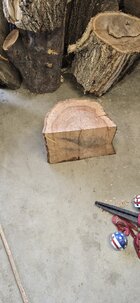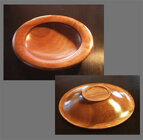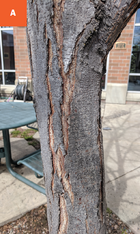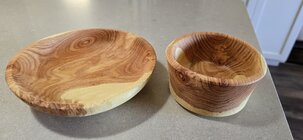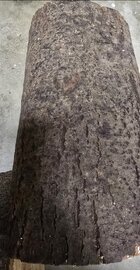I strongly agree - look at the end grain.
Follow the instructions in section 7 here:

www.wood-database.com
I wouldn't sand, since that can fill open pores and hide small pores, rays, and parenchyma, the wood database article tells about this. All that is needed is clean end grain and a small magnifier lens.
You can use a sharp knife to prepare the end grain but I find a single-edge razor blade better, as recommended in R. Bruce Hoadley's book "Identifying Wood". I buy them in packages of 100!
Only a small sample of end grain is needed, enough to examine two or three rings. I usually cut a piece just big enough to hold.
If the choice is between the guesses cherry and locust, for example, examining the endgrain would make that easy - cherry is distinctively diffuse porous while locust (honey or black) is ring porous. The black locust has pores chock full of easy-to-see tyloses, honey locust doesn't. Both fluoresce green under UV light and cherry doesn't. (I use 365nm UV flashlights.)
The bark looks far more like cherry than locust, but bark can be highly variable on different trees, different parts of the same tree, how it grew, if it was damaged at some point.
Or just cut it up, see how much good wood remains, and turn it! Call it "tree wood"

JKJ

